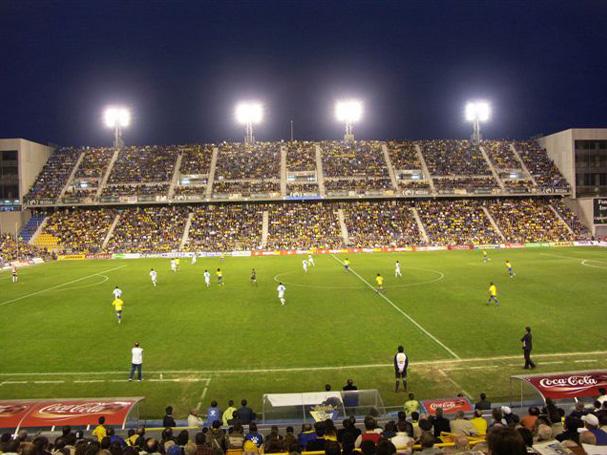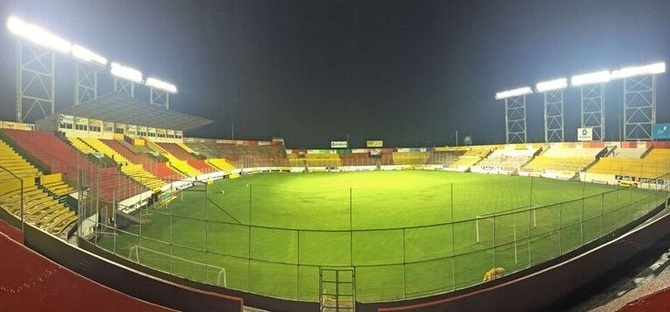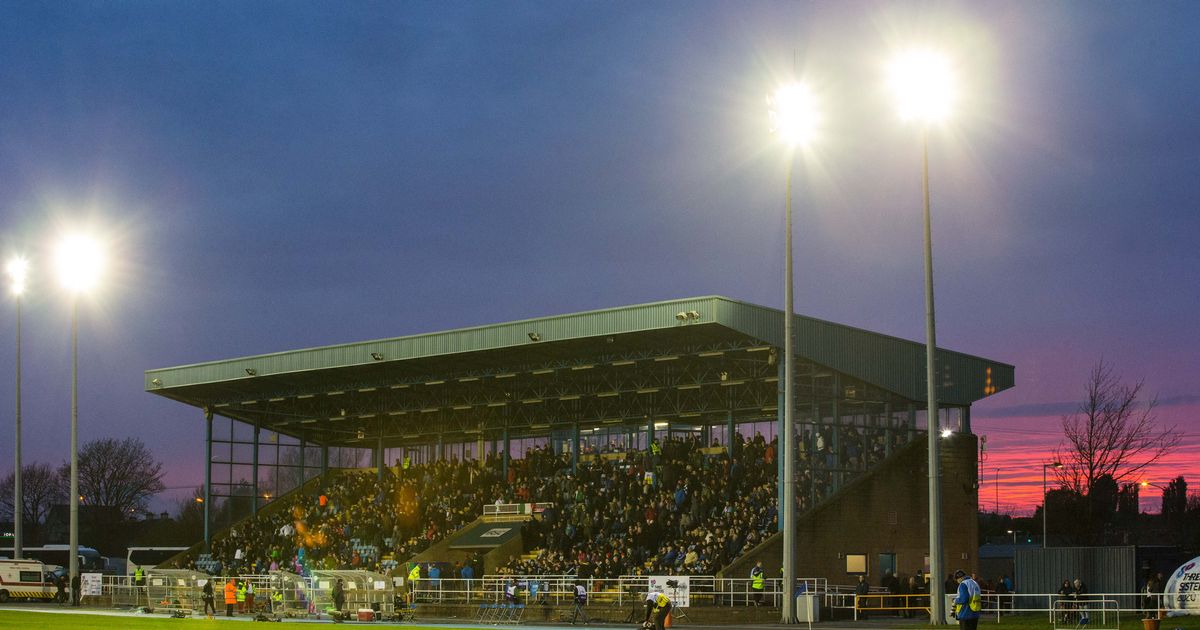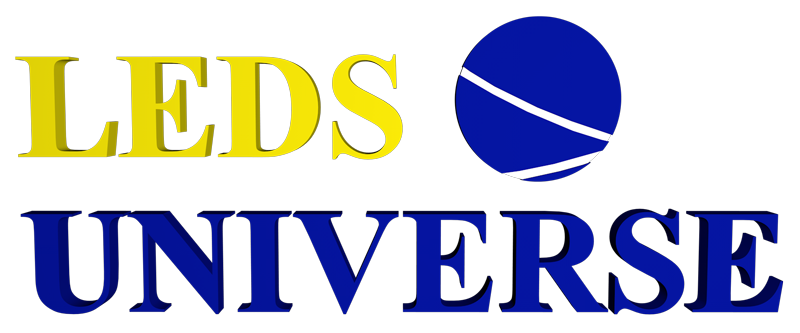 Football field lighting standards and regulations have become more demanding over time, especially, since LED technology has drawn a lot of attention, as the way of the future for lighting up stadiums and arenas. In 2018, the event that attracted the most attention of the international public was 2018 FIFA World Cup from 14th June to 15th July. People from all over the world, the old, the youth, women and men, whoever are fans of football, were very excited in that special month. Indeed, football has already become the number one sport across the world. Followed by the trend, football field construction has also become more and more popular and the need has been largely increasing in recent years. Therefore, guidelines related to how these venues are lit up and categorized are extremely important.
Football field lighting standards and regulations have become more demanding over time, especially, since LED technology has drawn a lot of attention, as the way of the future for lighting up stadiums and arenas. In 2018, the event that attracted the most attention of the international public was 2018 FIFA World Cup from 14th June to 15th July. People from all over the world, the old, the youth, women and men, whoever are fans of football, were very excited in that special month. Indeed, football has already become the number one sport across the world. Followed by the trend, football field construction has also become more and more popular and the need has been largely increasing in recent years. Therefore, guidelines related to how these venues are lit up and categorized are extremely important.
How FIFA and UEFA Categorize Football Field Lighting Standards and Regulations?
Lighting supply has three general classifications: one is amateur stadium lighting; the second is semi-professional and the last consists in professional stadium lighting. Several important factors that divide them are the average ground lux, the uniformity and whether they are televised or not.
Class I – According to FIFA guidelines and LED lighting installations in FIFA and UEFA, the lowest standard class I is for training and recreation use, which has around 200 lux horizontal illumination and 0.5 uniformity. Some high school football grounds and high school sports lighting are usually classified in this lot.
Class II is used in some leagues and clubs with approximately 500 lux horizontal illuminance and 0.6 uniformity. This is a football field lighting standard and regulation for semi-professional stadiums.
Class III stadiums are for national games with about 750 lux horizontal illuminance and 0.7 uniformity. It’s easily to understand this standard is already for professional stadiums. Class II and III stadiums are not prepared for TV broadcasting. But, some class I, one stadium will be; especially those with average lux levels starting at 1000 lux.
There are some highly professional stadiums, which are used for televised events. They can be both national games and international games. From national use to international use, the ground lux changes from 1000lux to 1500lux, the uniformity U1 at 0.6, and U2 around 0.8. These grounds are equipped with cameras to broadcast the big events to the public. So these sports fields must be installed with high quality and high performance LED sports lights, in order to abide with the most recent LED lighting installations FIFA and UEFA standards.
Number of Masts or Poles on a Project
 As for lighting mounting, both amateur ground like high school sports lighting and professional stadium lighting should comply with some scientific methods. According to LED lighting installations in top FIFA and UEFA standards, there are some different installations in terms of particular field size, pole quantity, pole height and expected ground lux.
As for lighting mounting, both amateur ground like high school sports lighting and professional stadium lighting should comply with some scientific methods. According to LED lighting installations in top FIFA and UEFA standards, there are some different installations in terms of particular field size, pole quantity, pole height and expected ground lux.
1. Four Corners Lighting Guidelines
Four corners lighting means masts are located in four corners. Light beams converge from the four corners to the center of the ground. In this case, the installation height of the masts, in a context of professional stadium lighting, should be as high as possible, in order to allow enough room for the light to travel efficiently to the center of the pitch, while at the same time maintaining good anti-glare and uniformity.
If the poles are too low, then the light can’t travel far away to the middle area while keep enough brightness, and brightness distribution will suffer. To create uniform lights, an installation height of around 30 meters is required in a Class I stadium, to allow enough quality projection.
2. Four Poles in Center

As the name shows, there are four poles in the center of the two sides. The light beams travel from the center to the whole area. So when we design a lighting solution we need to take the four corners into consideration. For the pole height, it’s better to be as high as possible. But it needs not be necessarily as high as the four corner lighting poles (under the same standard).
3. Six to Eight Pole Distribution
Sometimes customers may want to install 6 or 8 poles. In this case, the pole height doesn’t need to be too high since the more the poles, the better the lighting uniformity and distribution can be. It’s common to see 8-12m for a training court, college, or high school sports lighting installation. The 6 or 8 poles should be installed in equal distance. When there are more poles, it’s easier to design the light distribution. The only disadvantage is that customers might need to spend extra budget on poles – but this is not always the case as lower masts tend to be cheaper than tall ones. Therefore, we need to consider many factors carefully to make a good project, abiding FIFA and UEFA football field lighting standards and regulations.
